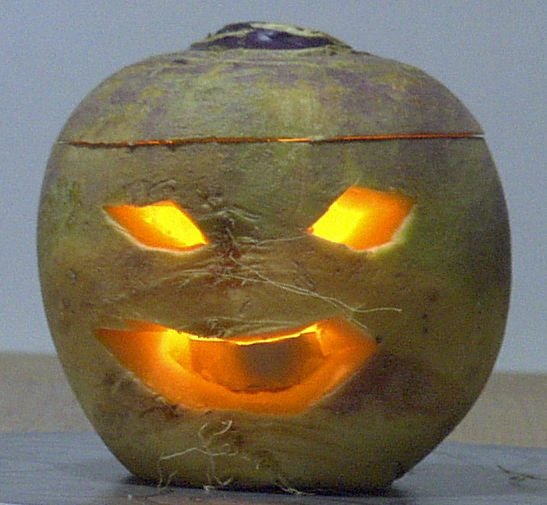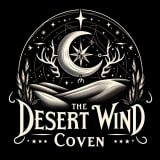
Copyright © 2009 Ashleen O'Gaea
Samhain (October 31): Last Harvest
Samhain’s god is Herne the hunter, the Horned One, who is both slayer and slain. He is the god of the hunt, and not only the “Priest-king” of the herd, but the leader of the Wild Hunt, a powerful manifestation of all the spirits of the dead. Herne’s form—the stag-headed man—manifests the God’s animal aspect; but of course, He has a vegetable aspect as well. Because Samhain’s counterpart is Beltane, joyfully represented by the Green Man, a corresponding way Wiccans recognize the God at Samhain is as Jack-o’-Lantern.
Jack-o’-Lantern is best known to many non-Pagans in Washington Irving’s story about the Headless Horseman. Certainly there are Wild Hunt associations with Samhain, and with Herne and Jack, but the popular culture’s versions overemphasize the threatening aspects of these symbols. For too many people, Samhain—Halloween—is all about death and our fear of it; but Wiccans don’t fear death, because our Goddess and God are not vengeful and we know death to be followed by rebirth. Ghost stories might be entertaining, but most Wiccans know ghosts as beloved ancestors rather than as fearsome devils.

